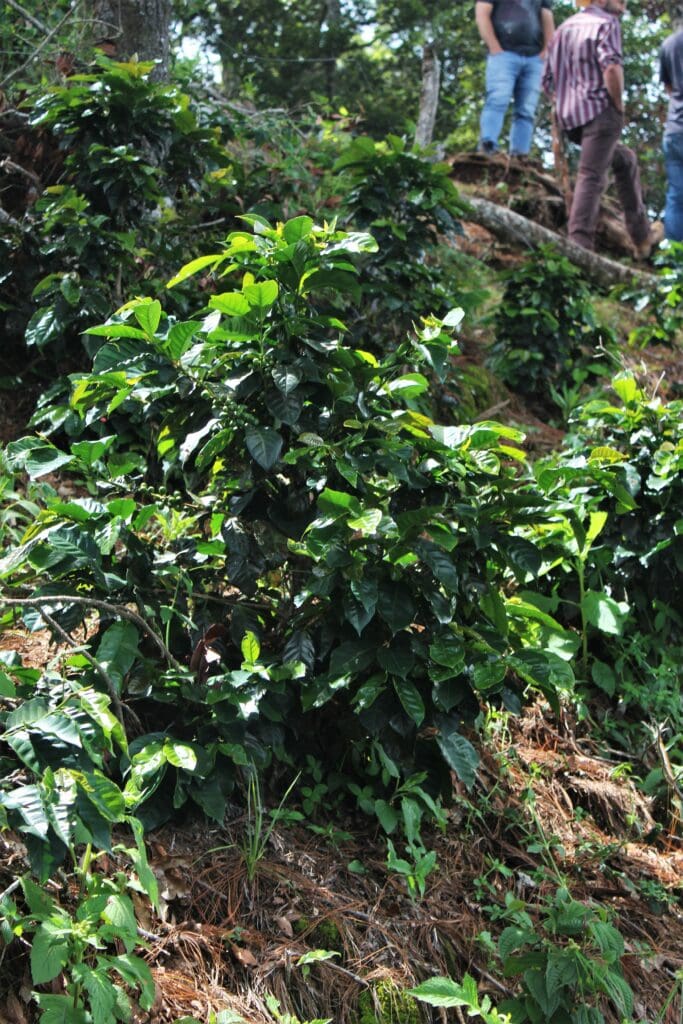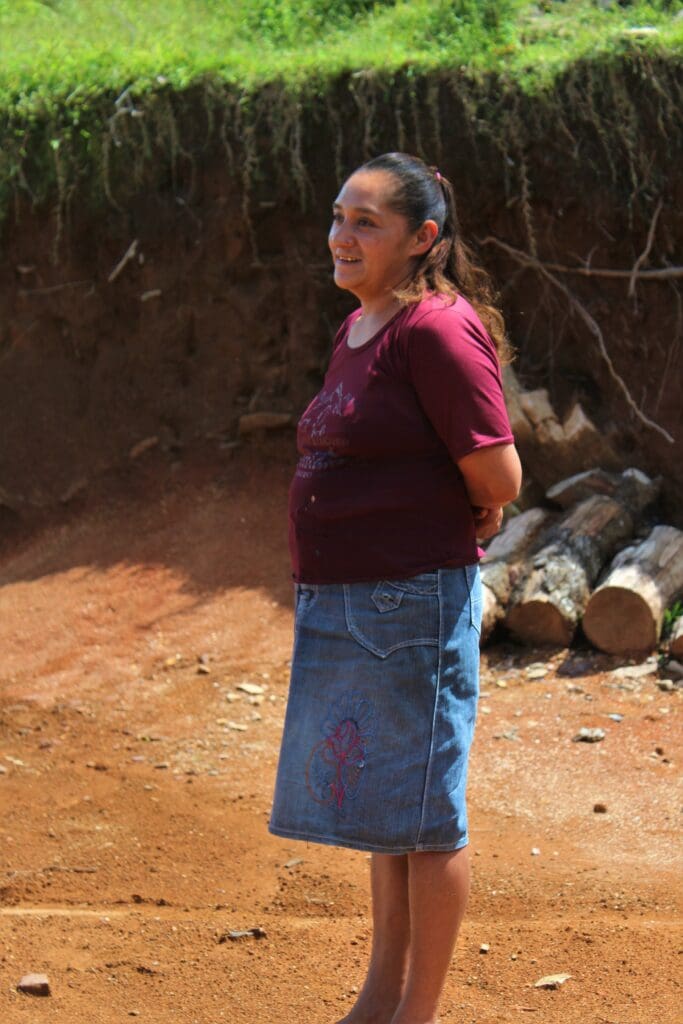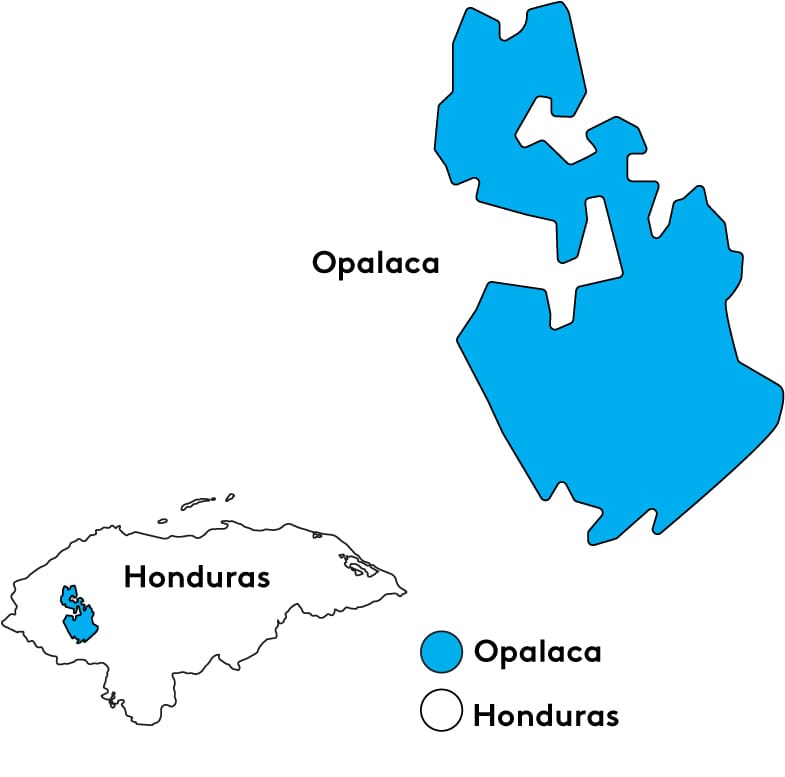Adrian Garcia began his career as a coffee producer in the early 2010s after working as a farmer growing corn and beans for sale in the local market. After establishing his crops on plots of land nearby his house he decided to follow the example of his neighbors who produced coffee, seeking an alternative income stream. Since making the change he has learned a lot about the business of coffee, and has increased his production area to establish his Finca Congolon in the San Andres area of Lempira, Honduras.
Adrian sold his coffee in the conventional market for many years with mixed results; some years were profitable while others brought no return for his labor. In 2022, he connected with Exportadora San Vicente through a neighbor, and worked with the exporter to learn more about post-harvest processing in order to realize the full potential of his crops. In 2023 Adrian produced his first specialty microlots, seeking a different market for his coffee and the potential for better prices for his work.
Despite the new opportunities Adrian has found as specialty coffee producer, in 2023 he and his eldest son emigrated to the US seeking work in order to support his family in Honduras. Today, his wife Luisa and younger son oversee the operations at the farm with a commitment to working hard to maintain the high quality production the family has acheived through the years.
This lot of green coffee underwent Washed processing. Freshly harvested ripe cherries are transported to a nearby wet mill where they are pulped the same day they are harvested. The pulped coffee is fermented in a concrete tank for 36–38 hours before being washed three times to remove all of the mucilage from the parchment. The washed coffee is then dried on a plastic tarp on the drying patio for 6–15 days until reaching its ideal humidity.





